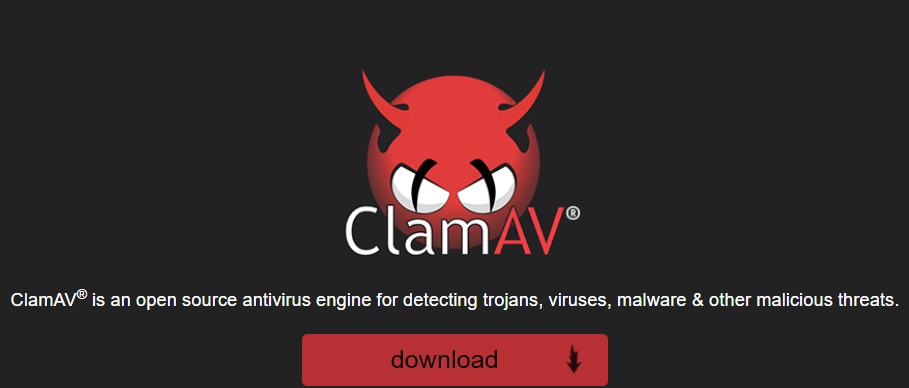

These are sometimes referred to as "hidden" files.
Select "Scan files beginning with a dot (.*)" to scan those files beginning with a ".". Consider the extra scanning options in Settings. This way it should work right out of the box. Any recent version of clamtk will automatically search for signatures if you do not have them set already. Minisign -V -x clamtk-6.16.tar.xz.minisig -p davemminisign.pub -m clamtk-6.16.tar.xz Then, you will need the minisig file for the program you are verifying.Ī link to it will be with the rest of the downloads. Gpg: Signature made Sun 06:29:41 AM CDT using RSA key ID (snipped for brevity).įirst, you will need my public minisign key: Gpg -verify clamtk-6.16.tar.xz.asc clamtk-6.16.tar.xz Gpg2 -verify clamtk-6.16.tar.xz.asc clamtk-6.16.tar.gz or Import it (skip this step if you have done it already):. Get the key (skip this step if you already have it):. Using 6.16 as the example version, ensure you have downloaded the tarball, its detached signature (.asc), and the key in step 1 above. home/you/.noarch.rpm: rsa sha1 (md5) pgp md5 OK For this example, we'll use version 6.16: Verify the list of gpg keys installed in RPM DB:. debs used to be digitally signed, they are not anymore the way I used to do that no longer works. Check your distribution first, and always install from trusted sources. It is recommended you install clamtk from official repositories. Note that the Debian/Ubuntu builds are no longer gpg-signed. One way to do this, as tested on Fedora, is to run the following commands: Sudo yum erase clamtk or sudo dnf erase clamtk. Sudo yum install .rpm or sudo dnf install .noarch.rpm The name of the file may differ based on your distribution. You should be able to just double click the file for installation or upgrade.įor these examples, we will use version 6.16. If this does not work, download the file from the official site. Sudo yum install clamtk or sudo dnf install clamtk. The commands dnf and yum will pull in requirements.įirst, start with the official repositories. The easiest way to install clamtk is to use the rpms. If you feel like it, "star" clamtk or its related projects at one or both of the following: Report bugs or suggestions at the following:ĭo you speak more than one language? See the Launchpad page. In fact, February 2023 marks 19 years of activity (of being publicly available, that is). It is now 2023 and for some reason development is still going. 
At the end of 2013, it was moved to a Google Code page, then to Github, Gitlab, and Bitbucket. It is intended to be an easy to use, light-weight, on-demand scanner for Linux systems.Īlthough its earliest incarnations date to 2003, clamtk was first uploaded for distribution in 2004 to a rootshell.be account and finally to in 2005. Readme for clamtkĬlamtk is a frontend for ClamAV (Clam Antivirus).

This README was last checked or updated on 20230529.







 0 kommentar(er)
0 kommentar(er)
